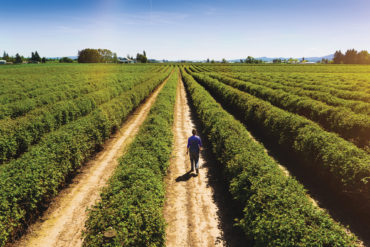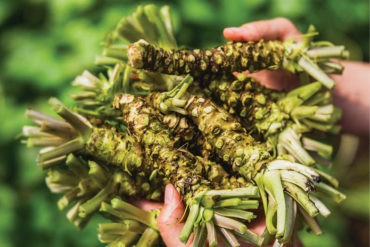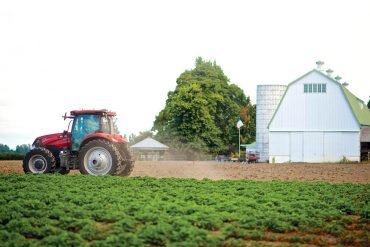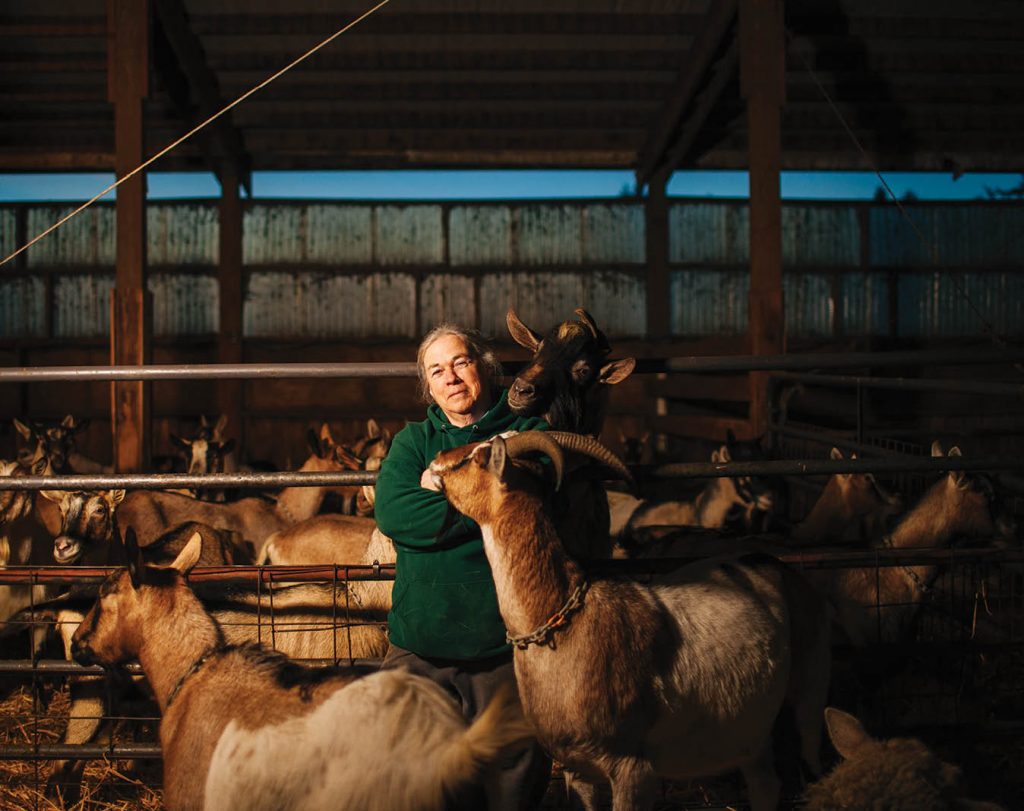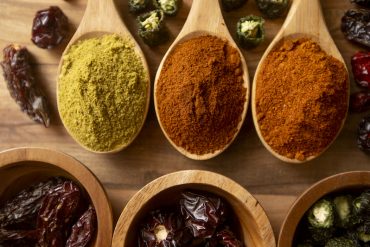Rock On: The Oregon Rockfish
Rockfish rebound in Oregon’s waters, and one man’s catch is another one’s delight written by Sophia McDonaldphotography by Jon Christopher Meyers In 2000, the waters off the Oregon coast had been so severely overfished that it was declared a federal disaster zone. Scientists with the National Marine Fisheries Service predicted that even if drastic action was taken, commercial fishing would not rebound in the area until at least 2030. It turned out they were sorely mistaken. In 2011, trawl fisherman catching rockfish and other species landed 3.5 million pounds of their scaly, slippery prey. In 2018, they netted 25.3 million pounds. In 2019, the number was closer to 25 million, according to Yelena Nowak, director of the Oregon Trawl Commission. Rex Leach of Coos Bay, who has been a commercial fisherman since 1978, was on the Oregon Trawl Commission when regulations to restore the fishery were enacted. He and many…




